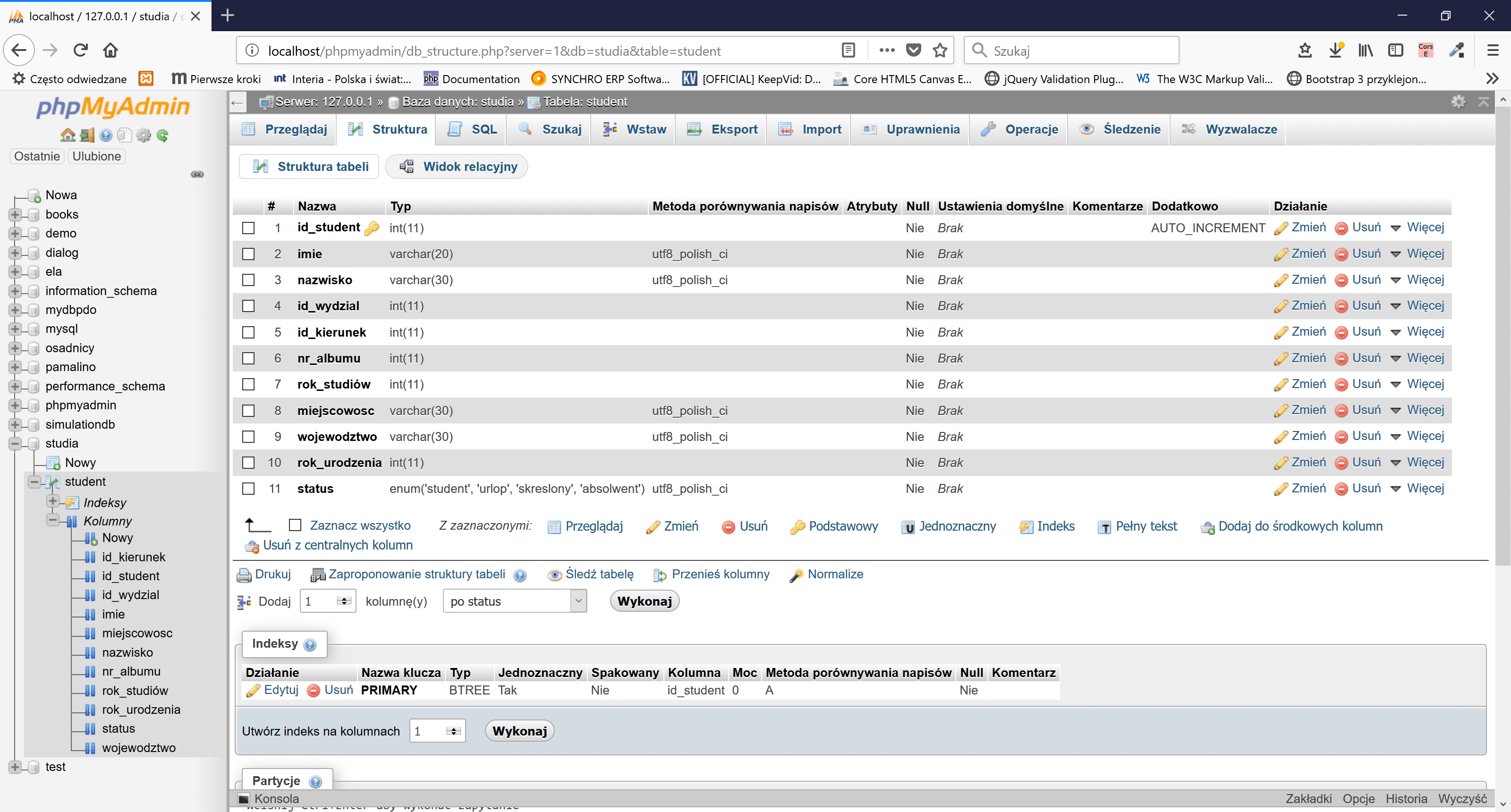
While we will not go into the nitty gritty details of all of the things collation related in MySQL in this blog post, there are some things you should know:

Each character set has at least one collation, some also have more.
#Mysql collate how to#
Collations in MySQLĪs already mentioned above, collations are closely related to character sets because a collation is a set of rules that defines how to compare and sort character strings. To solve this problem, ensure that the collations of each table and their columns are the same. The error is shown because when MySQL compares two values with different character sets, it must convert them to the same character set for the comparison, but the character sets are not compatible. The above error is generally caused by comparing two strings that have incompatible collations or by attempting to select data that has a different collation into a combined column. When dealing with character sets sometimes you might also encounter an error #1267: ERROR 1267 (HY000): Illegal mix of collations. These three settings can be changed by using the SET NAMES or the SET CHARACTER SET statements, or even in the MySQL configuration files.

That includes legacy MySQL and MariaDB.If you have ever worked with MySQL, you inevitably came across character sets and collations. The contents of this article apply to any MySQL distribution using the InnoDB engine. Or if setting them in the configuration files (e.g. SET GLOBAL innodb_default_row_format = dynamic SET GLOBAL innodb_file_format = Barracuda Set these InnoDB configuration flags: $ mysql -u root If that doesn't work or is not an option for you, here is something that has worked in some cases. You can explicitly set the collation for a database with: CREATE DATABASE keatest These are the settings that we at ISC have been testing with for a long time. This continues to be the default in all MariaDB versions: : in MariaDB, the default character set is latin1, and the default collation is latin1_swedish_ci (however this may differ in some distros ). The primary recommendation is to try to move to what was once the default character set and collation mentioned in the v5.6 charset docs ( ) which clearly specify the default MySQL server character set and collation are latin1 and latin1_swedish_ci. The most probable cause is that an unappropriate character set is used. 256 * 3 = 768 which is greater than 767 = (256 * 3 - 1) which is the limit for indexes and keys. If a character set uses three or more bytes per character, it is enough to go past the limit. Specifically the tag column in its role as a unique key is the cause. KEY key_dhcp4_server_modification_ts (modification_ts) UNIQUE KEY dhcp4_server_tag_UNIQUE (tag), Id BIGINT(20) UNSIGNED NOT NULL AUTO_INCREMENT, CREATE TABLE IF NOT EXISTS dhcp4_server (

These both refer to the same CREATE TABLE statement. There are reports of problems showing up when MySQL is used with Kea under certain conditons.Īfter preparing the MySQL database and running: $ kea-admin db-init mysqlĮRROR 1071 (42000) at line 805: Specified key was too long max key length is 767 bytesĮRROR 1709 (HY000) at line 805: Index column size too large.


 0 kommentar(er)
0 kommentar(er)
